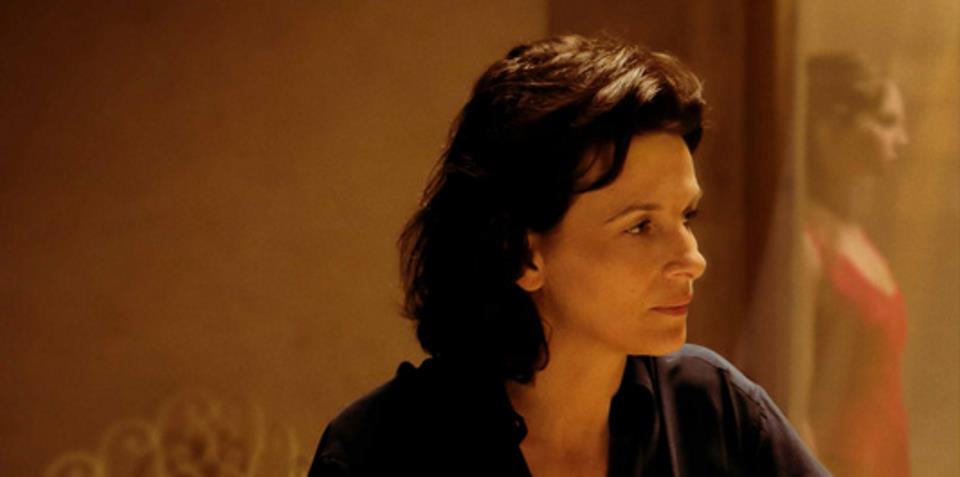This film is, simply, the finest art film I have seen in years, and one of the finest I have ever seen. The performance of the principal three actors, especially Binoche and Giorgio Colangeli, is a master class in the use of every facet of the actors’ toolbox - face, body, voice - to communicate. Slow, weighty, measured, it is perfectly, agonisingly paced.
If you have any love of films as high art, you must see The Wait.
The story opens with a funeral: Binoche, as Anna
We see the trappings traditional Sicilian mourning: shutters being closed about the house, and Pietro nailing black cloth over the mirrors. So far in the film, not a word has been said; the weight of devastation and the rituals around the mysterious death are conveyed with nothing more than the slamming and hammering - and, of course, the body language of the actors themselves.
We cut then to Jeanne, played wonderfully by Lou de Laâge, leaving a message for her boyfriend while she travels to meet him in his home town; she is collected by Pietro and driven in near-silence into the hills. When she arrives, her boyfriend is absent, but no explanation is forthcoming. She goes to bed in the dark, empty house, mother and son unseen. There is mystery and menace.
This is the crux of the film: where, then, is the son? The answer to the central question seems obvious, but the film dances with creating uncertainty, even though we are sure we know the answer.
The film uses the Easter story to frame its story and structure; beginning with a funeral the question of the film is whether the absent man will return; like Mary and the Magdalene they wait with us to see what will come in the weekend of the resurrection.
Like 12 Angry Men, this film is adapted from a play; the adaptation makes good, but restrained use of the possibilities of film, but also carries over the intensity of the stage, the intimacy of the shrouded Sicilian mansion.
Food reinforces the map of their relationship: when Jeanne first arrives she is left to herself; the first offering from her boyfriend’s mother is the morning after, a simple fried egg; the meals become more elaborate and more personal as Anna prepares first pasta, then whole feasts by her own hand; the camera lingers on the preparation, the folding of eggs, flour, carob; the bathing of a suckling pig in wine.
Giorgio Colangeli’s Petro is a somewhat sinister presence for much of the film: much of his performance is silent, and his disapproval of the story unfolding in front of him is palpable.
For me, in the end, the film is about grief: exactly what has been lost is set up as a nominal mystery, but it is the path to clarity, and how the two women at the heart of the story reconcile themselves to the answer, and to one another, that is the meat of it.
See it.
